Top Lists
Most Amazing Obelisks In The World (Top 10)

Obelisks
Obelisks are tall monuments with four sides that taper towards the top and end in a pyramid-like shape. They were originally built by the Ancient Egyptians and were called tekhenu. The Greeks later used the term obelisks, which passed into Latin and then into English. Ancient obelisks were made from a single stone, while most modern ones are constructed using multiple stones.
The world is home to many remarkable obelisks that capture the imagination. These towering structures have withstood the test of time, bearing witness to the rich history and impressive architectural skills of ancient civilizations.
In this article, RNN explores the most amazing obelisks found across the globe.
1. Flaminio Obelisk

The Flaminio Obelisk is an ancient monument in Rome, Italy. It stands 24 meters (67 feet) tall and reaches a height of 36.50 meters (100 feet) with its base and cross. The obelisk was quarried by Seti I, a pharaoh from the Nineteenth Dynasty, in Aswan, Egypt. Seti planned to place it in the Temple of Re in Heliopolis and had three of its faces inscribed before his death. His son, Ramesses II, completed the inscriptions and erected the obelisk in Heliopolis. In 10 BC, the obelisk was brought to Rome by order of Augustus and placed in the Circus Maximus. It was likely part of a pair, but its companion has not been found. Seti I’s inscription on the obelisk states his intention to “fill Heliopolis with obelisks.”
2. Lateran Obelisk
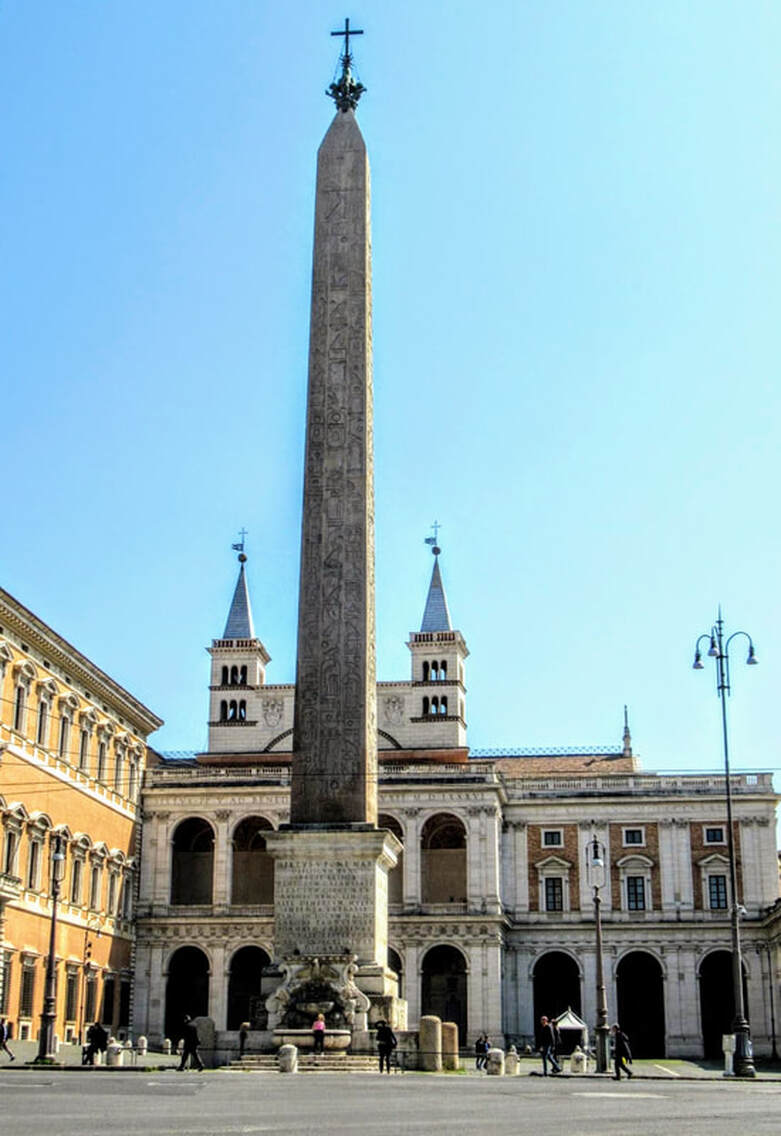
The Lateran Obelisk is the biggest ancient Egyptian obelisk still standing today. It is the tallest obelisk in Italy. Originally weighing 413 tonnes (455 short tons), it was later re-erected 4 meters (13 ft) shorter and now weighs approximately 300 tonnes (330 short tons). This historic monument is situated in Rome, across from the Archbasilica of St. John Lateran and the San Giovanni Addolorata Hospital.
Created around 1400 BC in Karnak, Egypt, during the reigns of Pharaohs Thutmose III and Thutmose IV, the obelisk was later moved by Roman Emperor Constantius II to Alexandria in the early 4th century AD. In AD 357, it was transported to Rome and erected at the Circus Maximus. Unfortunately, the obelisk collapsed sometime after the Circus was abandoned in the 5th century and became buried under mud. It was excavated and restored in the late 1580s. Pope Sixtus V ordered it to be topped with a Christian cross and placed in its current location near the Lateran Palace
3. Vatican Obelisk (St. Peter’s Square)
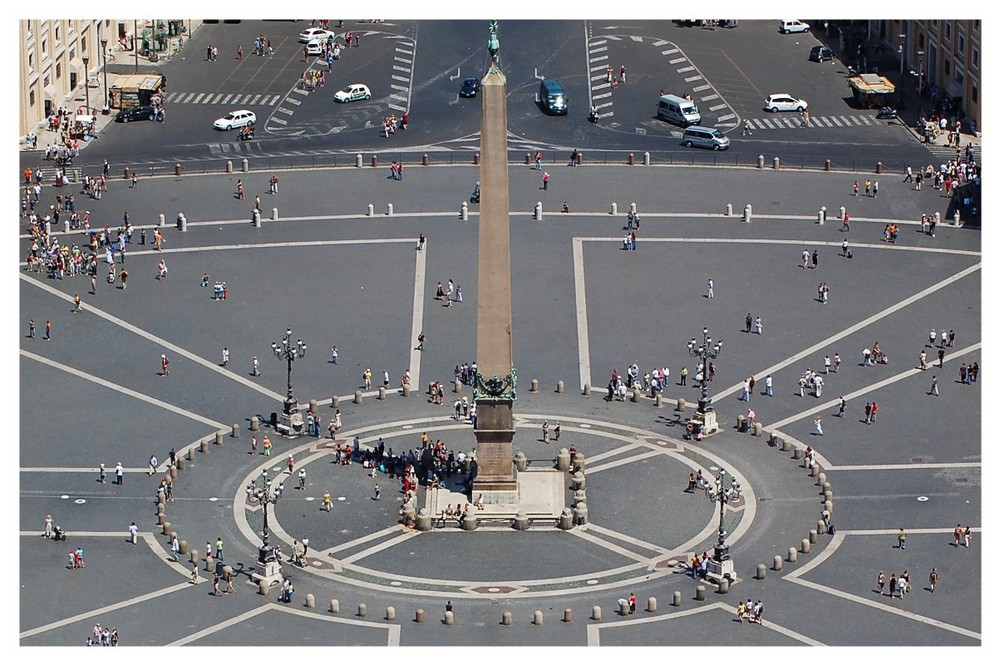
Saint Peter’s Square is a large plaza in Vatican City, situated right in front of St. Peter’s Basilica. It is named after Saint Peter, who was an apostle of Jesus and considered the first Pope by Catholics.
The square features an ancient Egyptian obelisk at its center, which was placed there in 1586. Designed by Gian Lorenzo Bernini almost a century later, the square is surrounded by massive Doric colonnades that provide a warm embrace to visitors, symbolizing “the maternal arms of Mother Church.” Additionally, there are two fountains in the square: one built by Bernini in 1675 and another designed by Carlo Maderno in 1613.
4. The Obelisk Of Axum
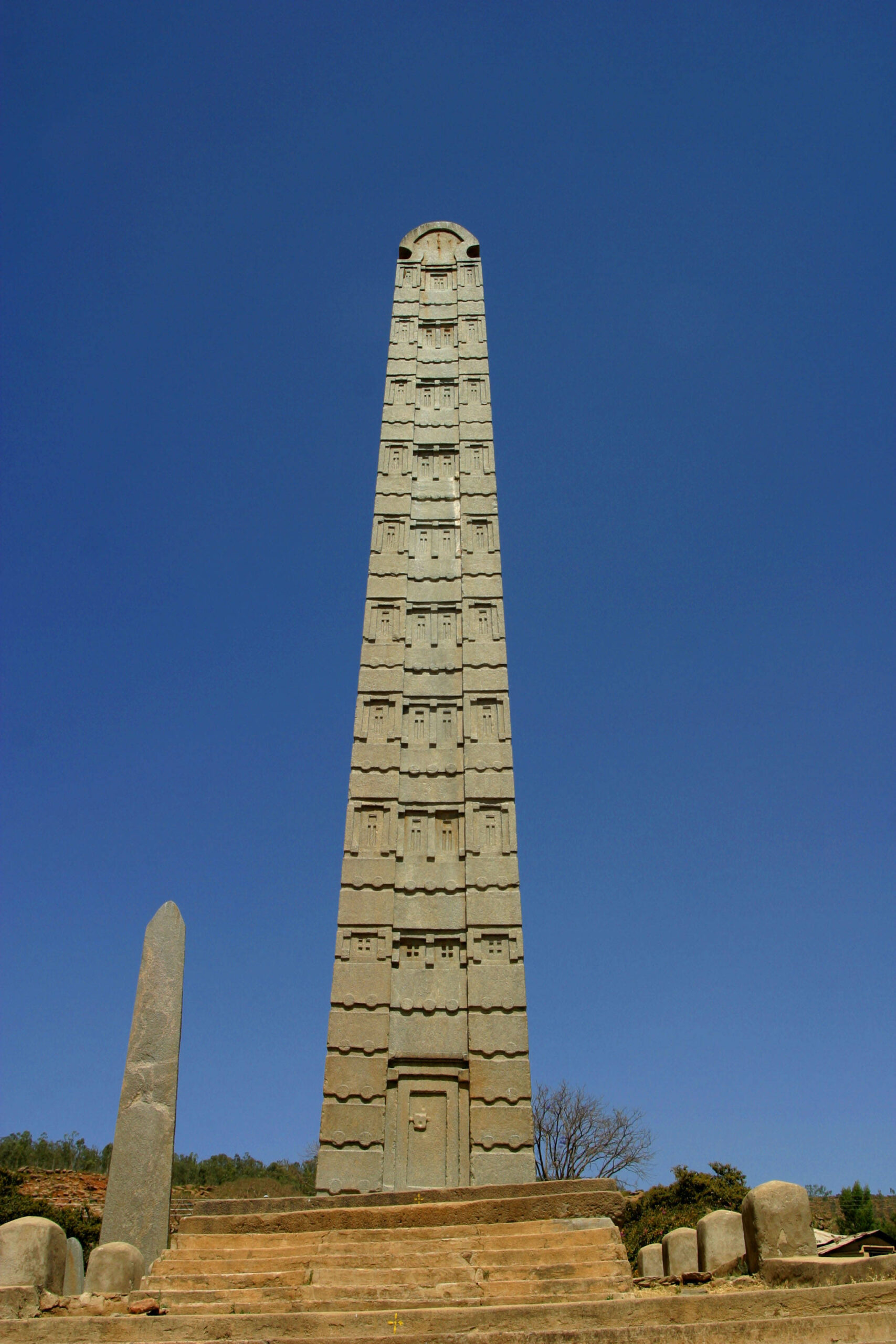
This tall obelisk is located in the historical city of Axum. It was built by the ancient Axumite civilization and serves as a symbol of Ethiopian culture. Made from a single block of granite, it attracts visitors from all over the world. The Obelisk of Axum is a 24-meter (79 ft) tall stele that dates back to the 4th century CE. It weighs 160 tonnes (160 long tons; 180 short tons) and is adorned with two false doors at the base. The obelisk is decorated with window-like patterns on all sides and has a semi-circular top, which used to be covered with metal frames.
5. The Luxor Obelisks
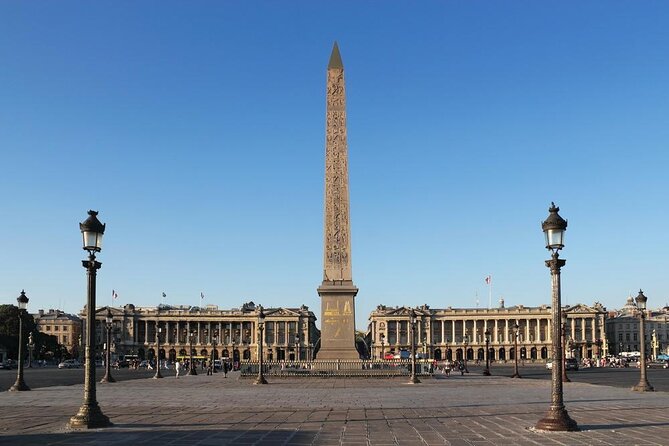
This obelisk, originally from ancient Egypt, now stands proudly in the heart of Paris, France. It was gifted to France in the 19th century and symbolizes the cultural exchange between the two nations. The Luxor Obelisks are a pair of ancient Egyptian obelisks, over 3,000 years old, carved to stand on either side of the Luxor Temple’s entrance during the reign of Ramesses II. One of the obelisks, 23 meters high, was moved to the Place de la Concorde in Paris in the 1830s, while the other remains in Egypt. The Luxor Obelisk in Paris was officially classified as a historic monument in 1936.
6. Cleopatra’s Needles
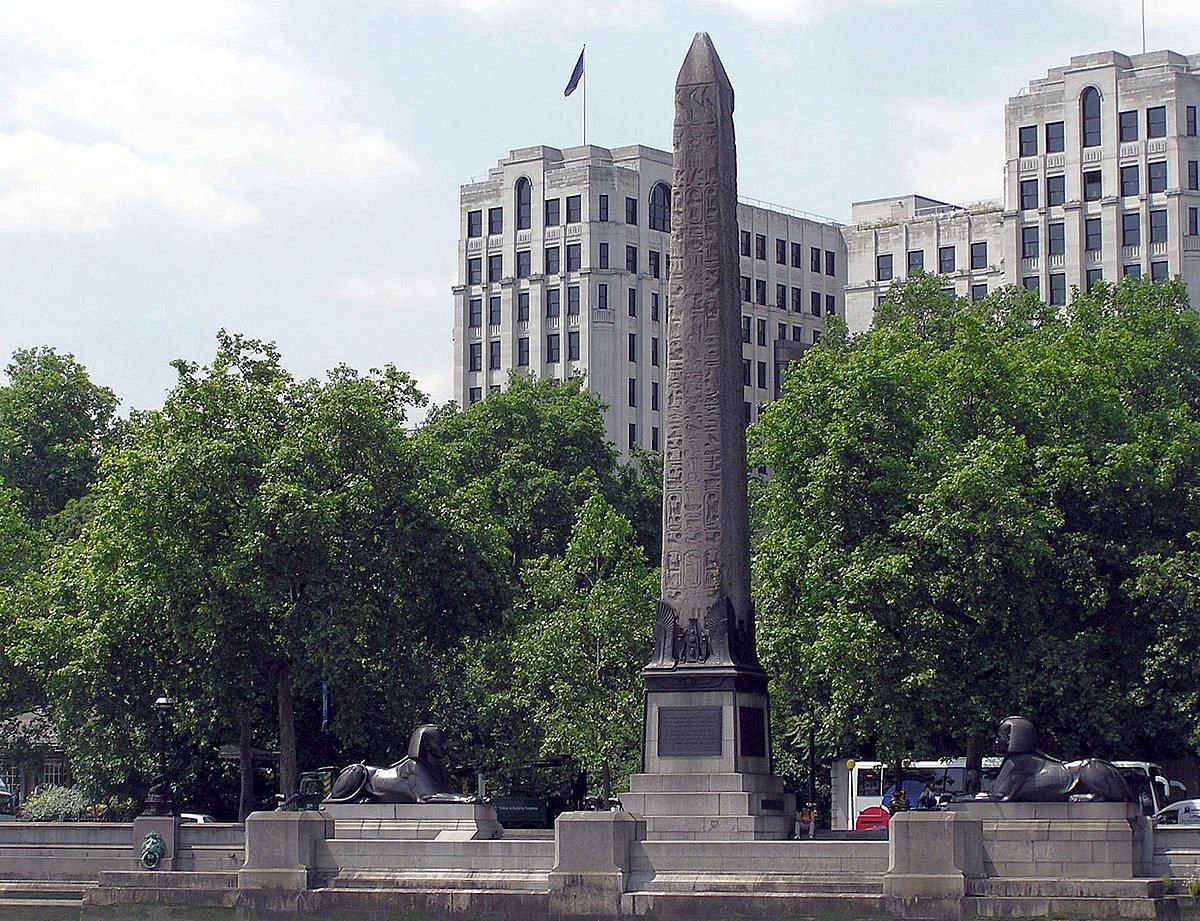
Cleopatra’s Needles are ancient Egyptian obelisks that were gifted to England and the United States in the 19th century. They were originally made in Cairo and stood in Alexandria for centuries before being moved to London and New York City. Despite their name, they predate Cleopatra’s reign and symbolize the historical connections between Egypt and England.
The London needle was presented to Great Britain in 1819 and transported to London in 1877, while the New York needle was secured for the United States in the same year. They currently stand in the Victoria Embankment and Central Park. The obelisks have suffered weather damage, prompting calls for restoration or repatriation.
7. The Obelisk of Montecitorio
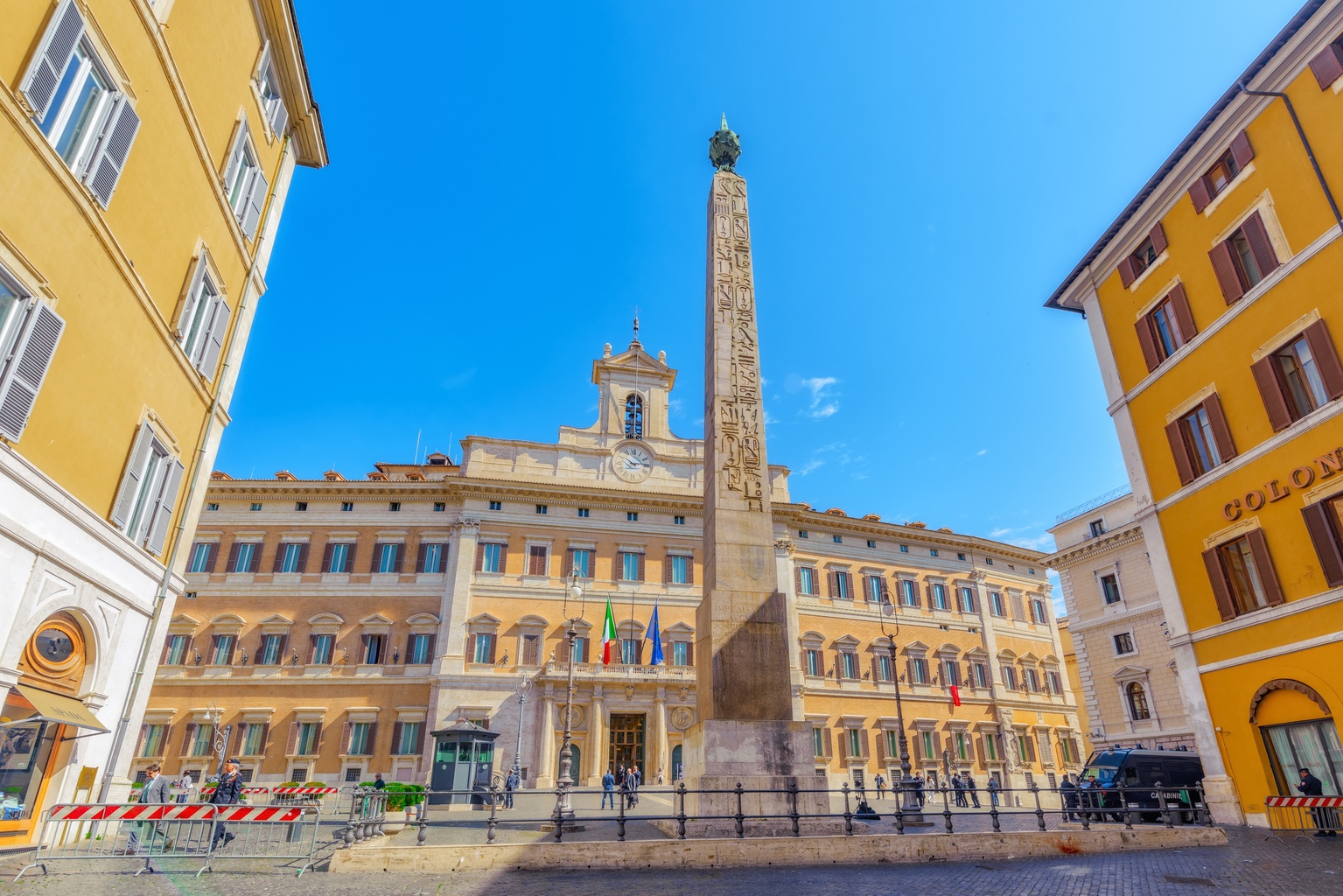
The Obelisk of Montecitorio is a striking monument in Rome’s Piazza Montecitorio. Originally from Egypt, it was transported to Rome and rebuilt as a symbol of papal power. Today, it stands as a reminder of ancient Egyptian influence in Italy’s capital. The obelisk is made of red granite, stands 21.79 meters (71 ft) high, and measures 33.97 meters (111 ft) including the base and the globe.
8. The Black Obelisk
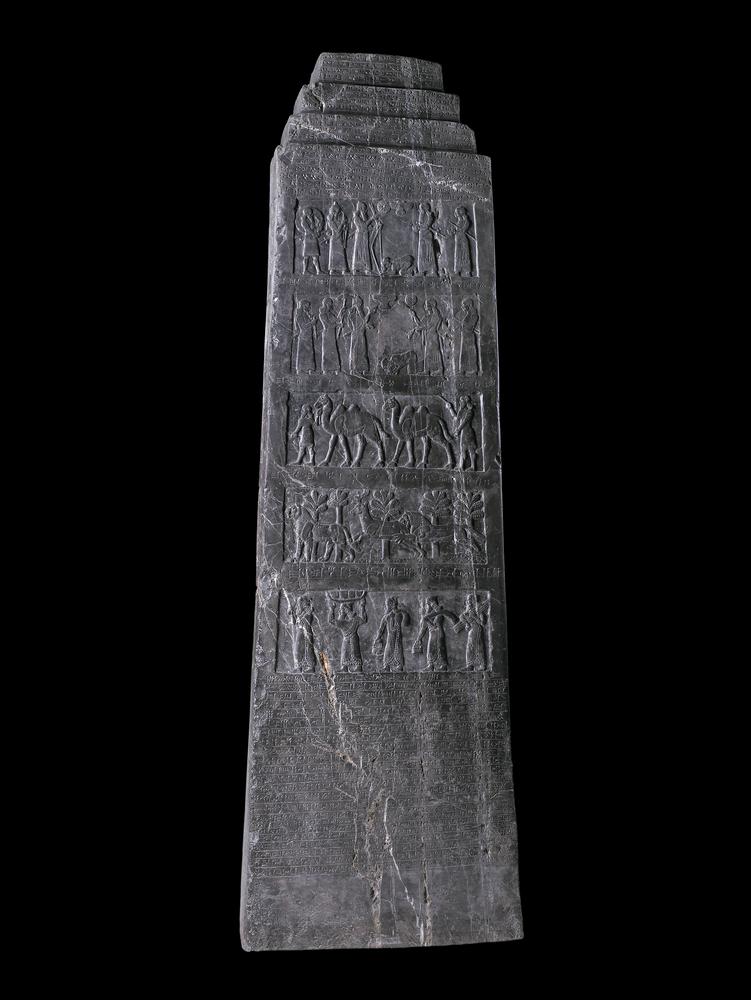
The Black Obelisk of Shalmaneser III is a black sculpture made of limestone from ancient Kalhu, located in northern Iraq. It has scenes and inscriptions carved into it and was created to honor King Shalmaneser III, who ruled from 858 to 824 BC. The obelisk is currently displayed at the British Museum in London, and there are replicas in other museums.
This obelisk is one of two complete Assyrian obelisks found so far. The other one called the White Obelisk of Ashurnasirpal I, is much older. The Black Obelisk is historically significant because it is believed to depict Jehu, the King of Israel, making it the earliest known representation of a biblical figure. However, some scholars have questioned whether the figure is actually Jehu or another king, Jehoram of Israel. The obelisk also contains the first known reference to the Persians, specifically to Parsua.
9. The Obelisk of Buenos Aires
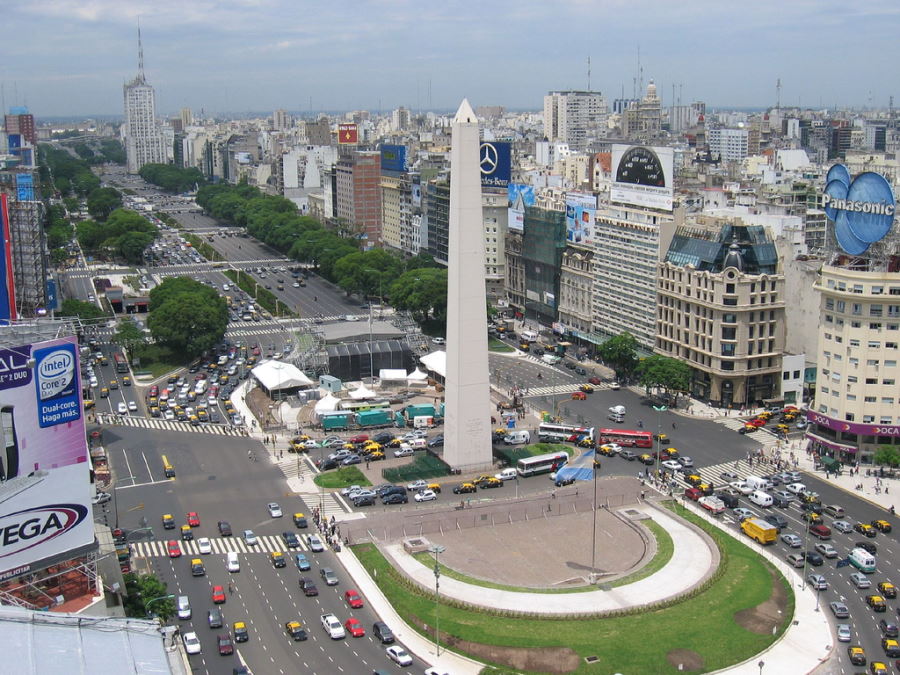
The Obelisco de Buenos Aires, also known as the Obelisk of Buenos Aires, is a famous monument and symbol of the city. It was built in 1936 to celebrate the 400th anniversary of the city’s founding. Standing proudly in Plaza de la República, at the intersection of Corrientes and 9 de Julio avenues, this grand obelisk has become an iconic landmark in bustling Buenos Aires. The architect Alberto Prebisch designed it, and it was constructed using 680 cubic meters of concrete and 1,360 square meters of Olaen white stone from Córdoba, at a cost of 200,000 pesos moneda nacional.
10. The Washington Monument
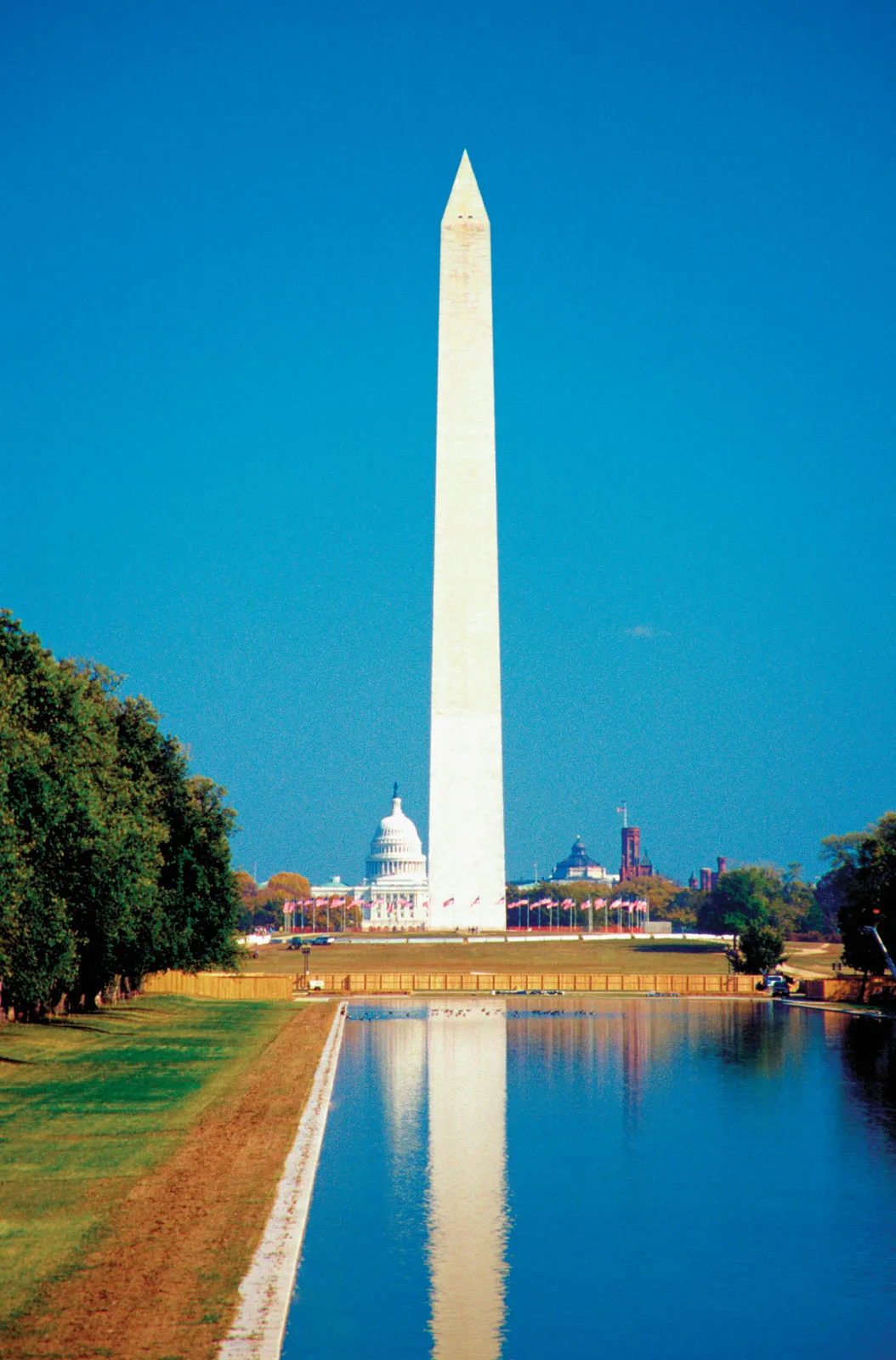
The Washington Monument is a tall obelisk made of marble, granite, and bluestone gneiss. It was built in Washington, D.C. to honor George Washington, who was a Founding Father of the United States, a successful military leader in the Revolutionary War, and the country’s first President. Standing at 554 feet 7+11⁄32 inches, it is the tallest obelisk and stone structure in the world. It is located on the National Mall, east of the Reflecting Pool and the Lincoln Memorial. From 1884 to 1889, it held the title of the world’s tallest structure until it was surpassed by the Eiffel Tower in Paris.
